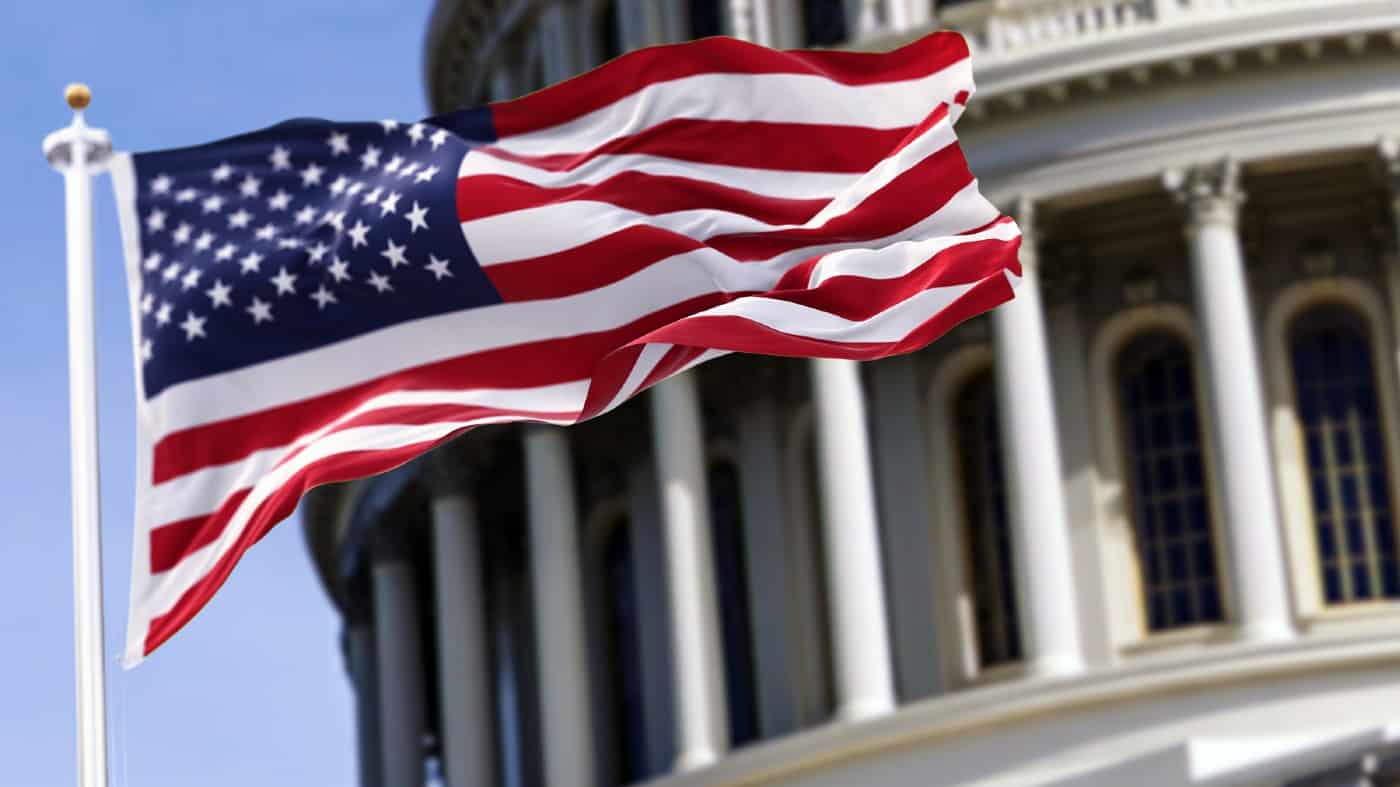For several weeks now, I’ve argued against President Trump’s proposed tariffs.
Why? U.S. tariffs are taxes, paid by Americans. They raise the cost of imports and allow domestic companies to raise prices without losing market share.
That’s why some American companies applaud them. They benefit from them. Their customers do not, however. They get hit with higher prices.
And if we learned anything in November’s elections, Americans are sick and tired of higher prices.
Also – as most people learned during the pandemic – the world’s supply chains are highly interconnected. And tariffs are disruptive.
For example, over 70% of the materials used in the construction industry are imported.
Do you want to pay tens of thousands of dollars more for your new home or remodeling job because all the materials were made in America?
No. You do not.
The fresh fruits and vegetables you buy in the grocery store in the dead of winter come from Mexico, Central America, and South America.
Even American cars made entirely in America are built using foreign parts and materials.
So slapping tariffs on “all imports” not only raises costs on American businesses – which are then passed on to American consumers – it also creates enormous logistical challenges.
Even though the Trump administration has now made clear which countries will pay, and how much, there is a great deal of uncertainty how long the tariffs will last and what their ultimate impact will be.
That causes business buyers to freeze up. No importer wants to pay huge tariffs only to have them reduced, delayed, or negotiated away a few weeks later.
It also causes buyers to freeze up in the stock market. That’s why stocks have taken such a shellacking this week.
I agree with Members who insist that foreign tariffs on U.S. products are also wrong.
Personally, I’ll be delighted if the end result of “Liberation Day” is lower tariffs here and abroad. And that may still be the case.
But to slap these tariffs on without a reasonable negotiating period first was reckless. It created needless chaos. And it risks an all-out trade war with other countries.
The one bright spot?
As the effects of these tariffs become broadly felt, the pressure will build on the Trump administration – as well as our trading partners – to get rid of them.
The best-case scenario is that this all becomes an unpleasant memory in a few weeks.
Then we can get on with the serious business of tax cuts and deregulation, which will truly help “make Americans wealthy again” by boosting the U.S. economy and reigniting the stock market.
In the meantime, there are two important points to keep in mind.
The first is that the market has already taken a significant drop. The negative aspects of the tariffs are already priced in.
The horse is out of the barn. So there is no compelling reason to slam the door (i.e., run to cash – now).
I’m not saying that stocks won’t go lower if our trading partners start to retaliate.
But the initial negative reaction to Trump’s tariffs is now reflected in share prices.
As the old saying goes, “if it’s in the papers, it’s in the price.”
The second point to remember is that – in more than 200 years of stock market history – every selloff of this magnitude has been a buying opportunity.
Every… single… one.
However, that only becomes obvious in hindsight. At the time, it always feels a little scary… if not downright crazy.
But fortune favors the bold. Sitting on your hands – or selling everything in a panic – is not a smart strategy.
We have stopped out of several positions over the past few weeks. In some stocks, we locked in profits. In others, we cut our losses.
There are now plenty of good opportunities out there. Valuations are much lower. And when the market bounces back, it will be too late.
My advice? Pick your spots. But make sure you use the downturn to buy some high-quality assets at attractive prices.
A good starting point would be our “Next Magnificent Seven.”
If history is any guide, when you look back at this unfortunate period… you’ll be grateful you acted.
Credit: Source link














